IMPORTANT NOTE: I want to let the Art Museum Teaching community know that I am moving my writing over to my new Substack publication called “Agents of Change.” I started this publication around the end of last year, and I’ve been posting there each month on topics that emerge from my book, Museums as Agents of Change, and issues related to change and how we can all become changemakers. The Art Museum Teaching site has been around for 10 years now, and I am grateful for the community that has formed here (and or everyone who has contributed to this site over these years). I invite you to Subscribe to my Substack, and join this growing community of changemakers. I’ll be expanding this publication throughout this year, adding different types of content and programs to offer strategies, support, and guidance. I hope to see you there. And, again, thank you from the bottom of my heart for being a part of Art Museum Teaching.
A week after the COVID pandemic shut down most museums across the country, I joined the ranks of thousands of museum workers who were laid off from their jobs. Of all the things that happened in the chaotic month that was March 2020, this is the event I remember most.
I distinctly recall the acidy taste in the back of my mouth after the brief, life-altering Zoom call. I remember feeling dizzy. It was quite literally a moment that threw me off balance more than almost any other single moment in my life thus far.
What I remember most was the seething anger I felt. Anger at the museum, of course—at those who made this decision—but also anger at myself. A part of me at the time couldn’t help but feel that it was somehow my fault. I felt ashamed, embarrassed, and experienced a lot of self doubt. The anger hung on for a while even as the initial shock and panic of losing my “job security” wore off.
But here’s the thing… over time, I was able to work through this anger in ways that have helped me to move on. And now, on this two year anniversary, I’m ready to share some of that process.
A lot of you have been going through your own “it’s been two years since…” moments this month. If you had an experience that was anything like mine, the memories have likely also brought a lot of complex and difficult emotions back to the surface.
The feelings are still here for me, too. But I’ve learned, and I’m growing, and I’m moving forward with a sense of optimism. And I’m hoping that by sharing my own process for getting here, it’ll be helpful for others too.
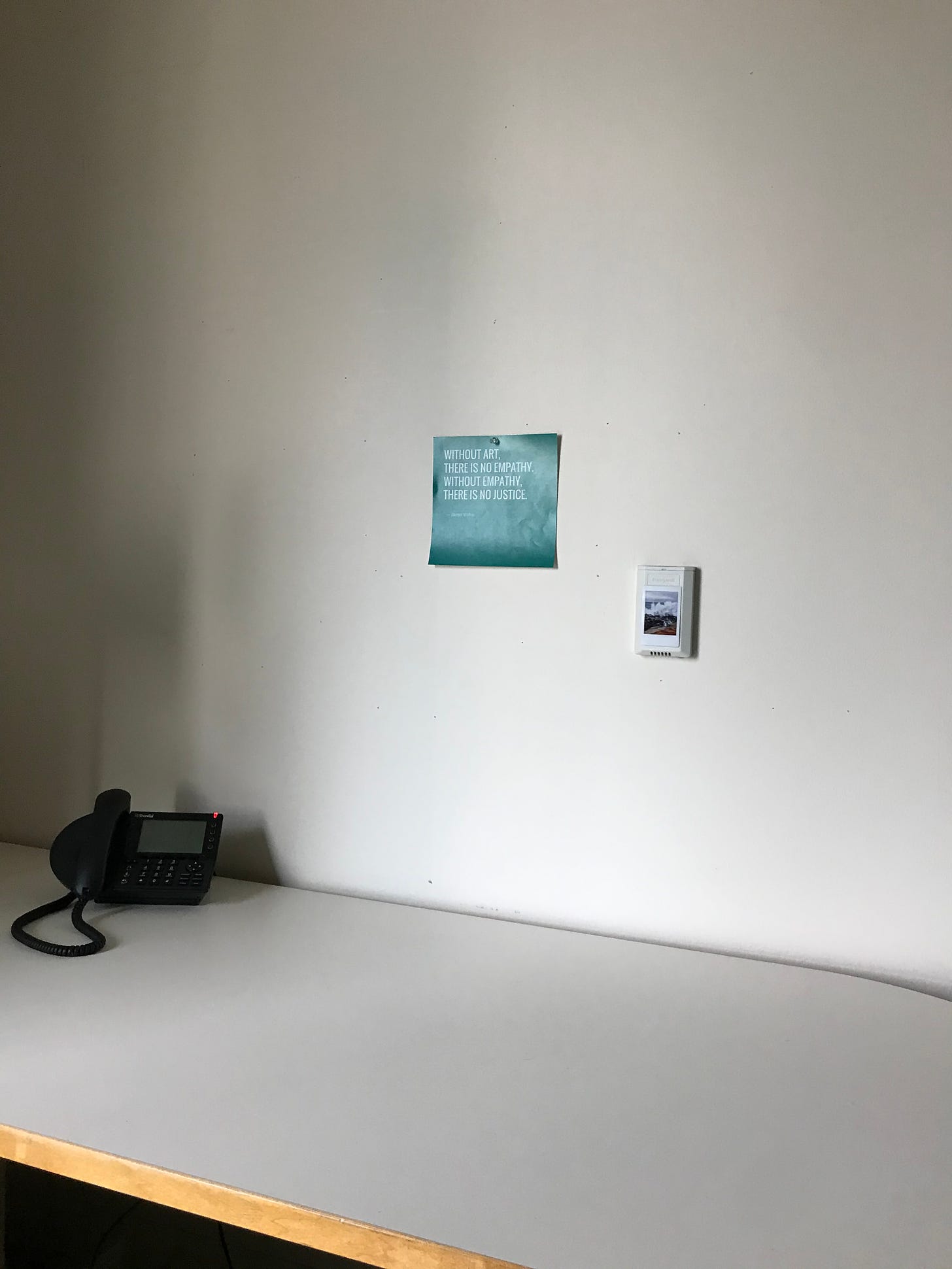
A Journey of Healing and Repair
The sudden and dramatic shift out of museum employment (right at a moment when a global pandemic altered every aspect of our lives) was a bit like an out of body experience.
I’d been working in a museum for so long (more than 15 years, by that point) that I had forgotten what it was like not to. I had wrapped my identity so tightly around my work for an institution that I felt a blurry sense of loss of identity without my job. And then, of course, there was the anger; deep wells of anger that initially overtook almost everything else.
My first steps involved disentangling my own sense of self as a “museum employee” from all the other ways I can know and understand myself, my whole self. I found peace and joy in the simple things, like spending time with family and taking daily walks around our neighborhood with my spouse. I sought connections with close friends through outdoor meetups, and I connected with nature through regular hikes in parks and even gardening.
I also began to channel my creative energy into other kinds of work that felt rewarding, such as the illustration and design work that I do as a co-creator at Super Nature Adventures. I had been lucky enough to have started this small business with my spouse a few years before the pandemic, and helping it thrive gave me a new sense of purpose during those first tough pandemic months.
I also sought ways to engage my body—mostly through trail running, which has long been a tool for my own healing and care. I found community and a sense of belonging in a different way through outdoor running groups.

The Guidance of Key Teachers Through This Process
At the same time as I was working on disentangling myself from my identity as a “museum employee,” I was also seeking out spiritual teachers and philosophers that I had long admired or heard about in connection to their work on going through periods of upheaval and uncertainty. These included Lama Rod Owens, Kazu Haga, and Pema Chödrön.
I felt like I needed a North Star to guide me down this path of uncertainty and the unknown. And their writings, especially, helped me to get my head out of museums and to focus my attention on what matters most in my life, above all else.

Through the pages of his book Love and Rage: The Path of Liberation through Anger, Lama Rod Owens taught me how to gain control over my anger and see it as a teacher pointing me in a new direction. He writes:
“When I don’t have agency over my anger, it actually has agency over me.”
A reread of Pema Chödrön’s classic text When Things Fall Apart taught me (again) that these experiences of ‘falling apart’ are what make us truly human.
Like Owens, Chödrön invites us to treat these moments as our greatest teacher. Here is my favorite passage from her book:
“Things falling apart is a kind of testing and also a kind of healing. We think that the point is to pass the test or to overcome the problem, but the truth is that things don’t really get solved. They come together and they fall apart. Then they come together again and fall apart again. It’s just like that. The healing comes from letting there be room for all of this to happen: room for grief, for relief, for misery, for joy.”
Through his writings in Healing Resistance: A Radically Different Response to Harm, Kazu Haga helped me understand the possibility and hope of radically transforming institutions—like museums—to center deeply human values of love, compassion, and healing. In his book, Haga writes:
“In the same way that violence has been institutionalized, we can institutionalize its antidote—nonviolence. We can build institutions, structures, and policies that are constantly reinforcing a new way of relating to each other. When practices are constantly reinforcing justice, healing, accountability, forgiveness, love, and understanding, we can start changing who we are.”
All of these teachings provided me with a reframe of everything that had happened to me, and allowed me to think in more complex and productive ways about how to move forward. Haga’s words even helped me to see my own agency in the work of transforming museums. All of this also became the groundwork that helped me return to museums through a different framework, and compelled me to finish the book project that I had been working on for years.
Before the end of 2020, I had submitted the final manuscript for Museums as Agents of Change, which took a slight shift toward being a resource for museum professionals (and anyone) interested in being a part of the transformation so desperately needed in museums. I wrote the final chapter of my book as a reflection from this place I now stood, asking from the heart:
“What if love, above everything else, was the core value that steered the radical change needed in museums today?”
Letting Go … Really Letting Go
Perhaps the most important concept for me to move on and through the process was to embrace the concept known as radical forgiveness.
Radical forgiveness is different from the kind of forgiveness we often see and hear in popular culture or that we learned when we grew up as kids. Often (too often), when we hear of forgiveness, we see it as a kind of tit-for-tat. It relies on receiving an apology from someone that has done harm to us, and then we can make a choice to extend forgiveness. In this traditional sense, forgiveness involves a certain amount of blame and judgment.
Rather, as psychiatrist Gerald Jampolsky has explained, radical forgiveness “really means letting go of our perception that we need to hold a grievance the rest of our lives.” It is essentially a process of letting go.
I first heard Amber Johnson speak about radical forgiveness during a Justice Fleet pop-up exhibition project here in Portland, and the way she frames it continues to resonate with me:
“Radical forgiveness is a fluid and deliberate process that allows us to repair the tears, rips, and gaping wounds that impede us from being better versions of ourselves and bettering our world.”
Radical forgiveness doesn’t mean we absolve the person who caused us harm. This is key. You have to let go of that notion in order to truly move on. Instead, what radical forgiveness focuses on is how we can learn to find growth in ourselves.
The journey of radical forgiveness is one of the single greatest challenges we face in life, yet moving through this process gives us a profound sense of freedom—freedom from the past, from grudges, from blame. We simply cannot let that act of harm, pain, and trauma continue to control the way we live our lives.
This framework is well expressed in these words from Rev. angel Kyodo Williams, spiritual teacher and founder of the Center for Transformational Change:
“The forgiveness is actually our way of ritualizing permission to move on, to not have our ability to reconcile pain and difficulty be incumbent on working it out with the other person. So it isn’t about forgiveness—I go and get them and tell them that now I have forgiven you—but it is a self-practice of releasing ourselves from the dynamic in which we’re wanting something from the other person that we can’t necessarily ever get.”
Giving Myself Permission to Move On
Last week, I took what I see as an important final step in this process of letting go and radically forgiveness.
I visited the museum where I used to work … for the first time since being laid off two years ago.
I stepped into the museum as a different person than I was before. Grounded in a new identity, I entered the space as a visitor, a guest, a community member, and a parent (who spent a lot of time exploring the galleries with his son).
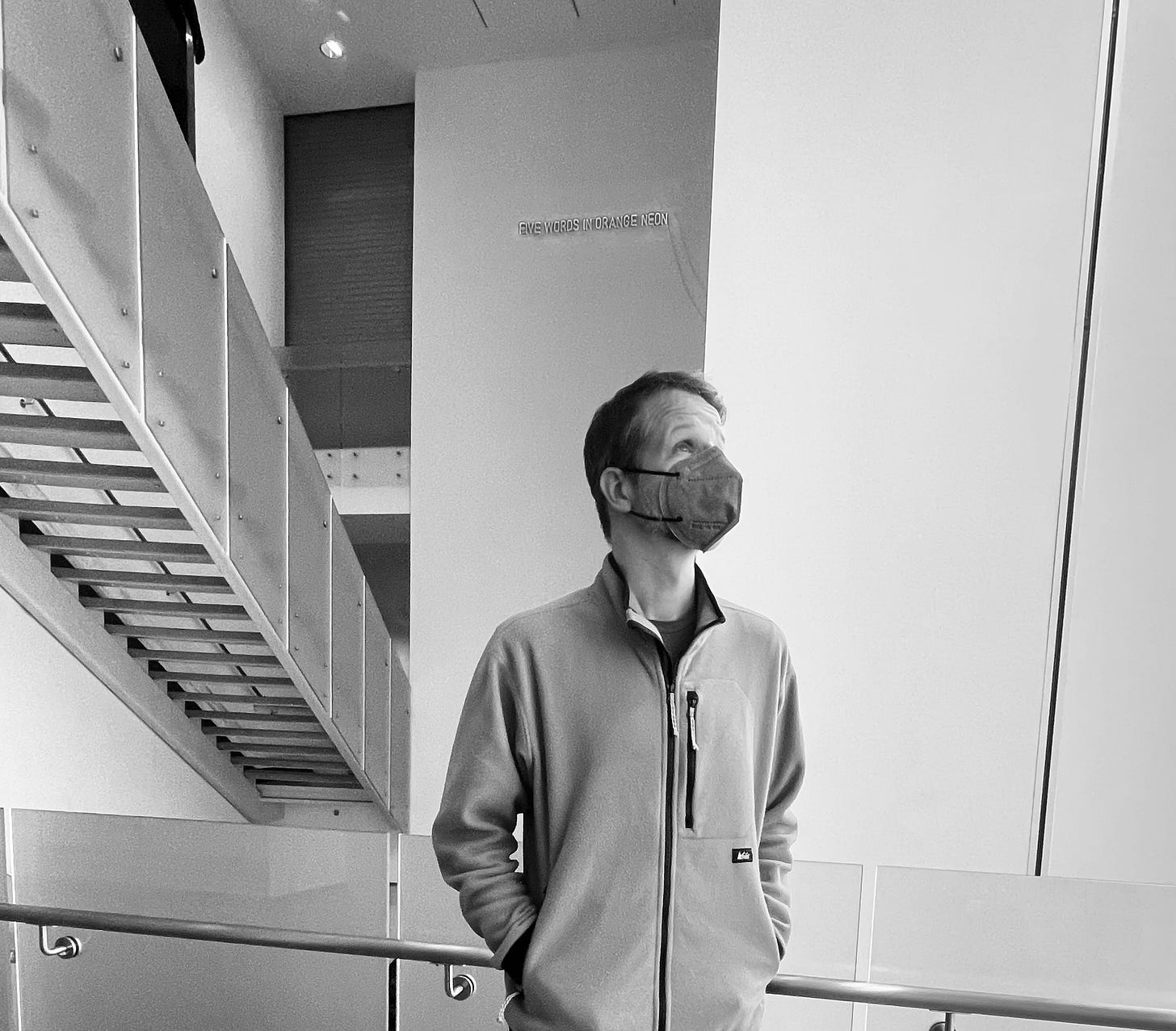
Was it easy? No. I still held a lot of complicated feelings from the past—that’s why it took me two years to return to this institution, this place. But it was good to experience the museum differently, as a parent and visitor. As someone disentangling myself from an institution.
It was also good to see and feel the experience of going there, and recognizing how my own work there had made a difference and shaped the change that continues to happen.
And throughout the process I was also reminded, as Pema Chödrön reminds us, that healing comes from giving room for all of it—grief, joy, relief, misery, all of it—to happen and happen again. To fall apart, and to come together.
We are in process, we grow, we change. And then it happens again.
It’s Been Two Years Since…
So. We are all in process aren’t we?
How about you? What do you feel comfortable talking about from two years ago? What have you been able to move on from, and what are you still working on?
Have you given yourself permission to move on? What might radical forgiveness look like to you?
I wanted to express special thanks to my spouse Bryna Campbell for helping me find my wording throughout this essay and personal reflection. It’s never easy putting words to this type of process and experience.














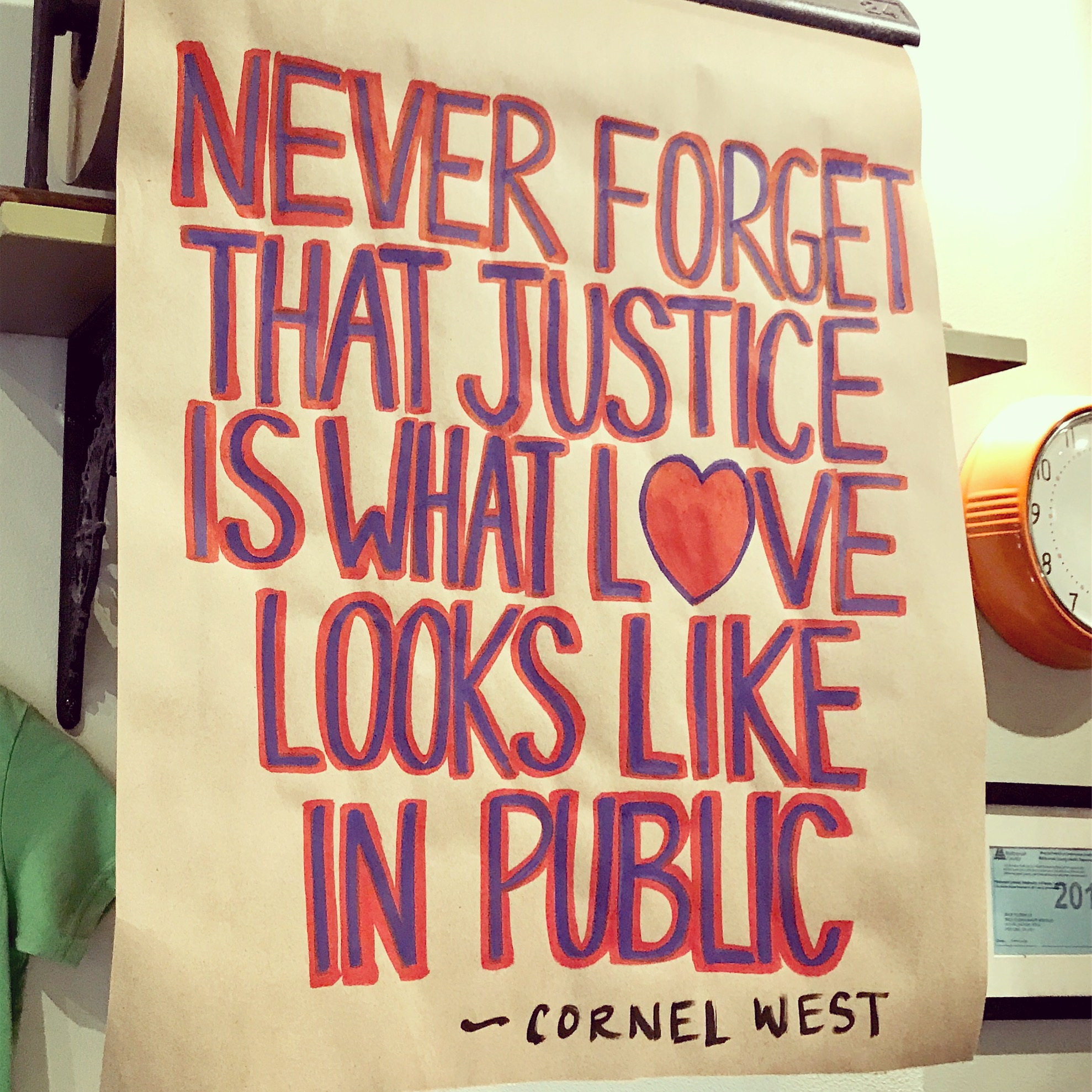
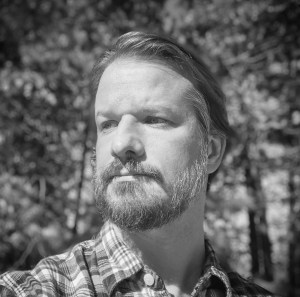 MIKE MURAWSKI: Founding author and editor of ArtMuseumTeaching.com, museum educator, and currently the Director of Education & Public Programs for the
MIKE MURAWSKI: Founding author and editor of ArtMuseumTeaching.com, museum educator, and currently the Director of Education & Public Programs for the 

 As I thought about this dichotomy, I remembered Rebecca Solnit’s writings and her ability to capture seemingly contradicting ideas, such as finding oneself in the process of getting lost. Serendipitously, this year, she wrote a new foreword to her 2004 book
As I thought about this dichotomy, I remembered Rebecca Solnit’s writings and her ability to capture seemingly contradicting ideas, such as finding oneself in the process of getting lost. Serendipitously, this year, she wrote a new foreword to her 2004 book 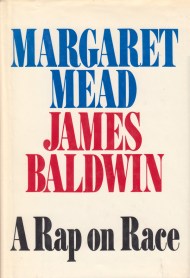 In 1970, anthropologist Margaret Mead sat with writer and social critic James Baldwin in a
In 1970, anthropologist Margaret Mead sat with writer and social critic James Baldwin in a 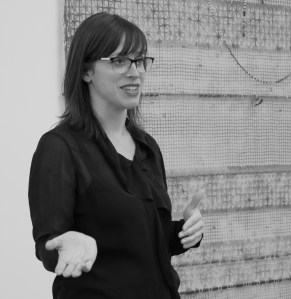 MICHELLE DEZEMBER is the Learning Director at the Aspen Art Museum, where she oversees all aspects of education, public programs, and interpretive projects. Previously, she was Deputy Director of Programming and Special Projects at Mathaf: Arab Museum of Modern Art in Qatar, where she also served as Acting Director and Head of Education. She has also worked as a museum educator in California and New York, and as a Fulbright scholar at the Museum of the History of Immigration in Barcelona. She holds a dual degree in Art History and Sociology from Santa Clara University, a diploma in Visual Cultural Studies from the University of Barcelona, and an MA in Museum Studies from the University of Leicester.
MICHELLE DEZEMBER is the Learning Director at the Aspen Art Museum, where she oversees all aspects of education, public programs, and interpretive projects. Previously, she was Deputy Director of Programming and Special Projects at Mathaf: Arab Museum of Modern Art in Qatar, where she also served as Acting Director and Head of Education. She has also worked as a museum educator in California and New York, and as a Fulbright scholar at the Museum of the History of Immigration in Barcelona. She holds a dual degree in Art History and Sociology from Santa Clara University, a diploma in Visual Cultural Studies from the University of Barcelona, and an MA in Museum Studies from the University of Leicester.














